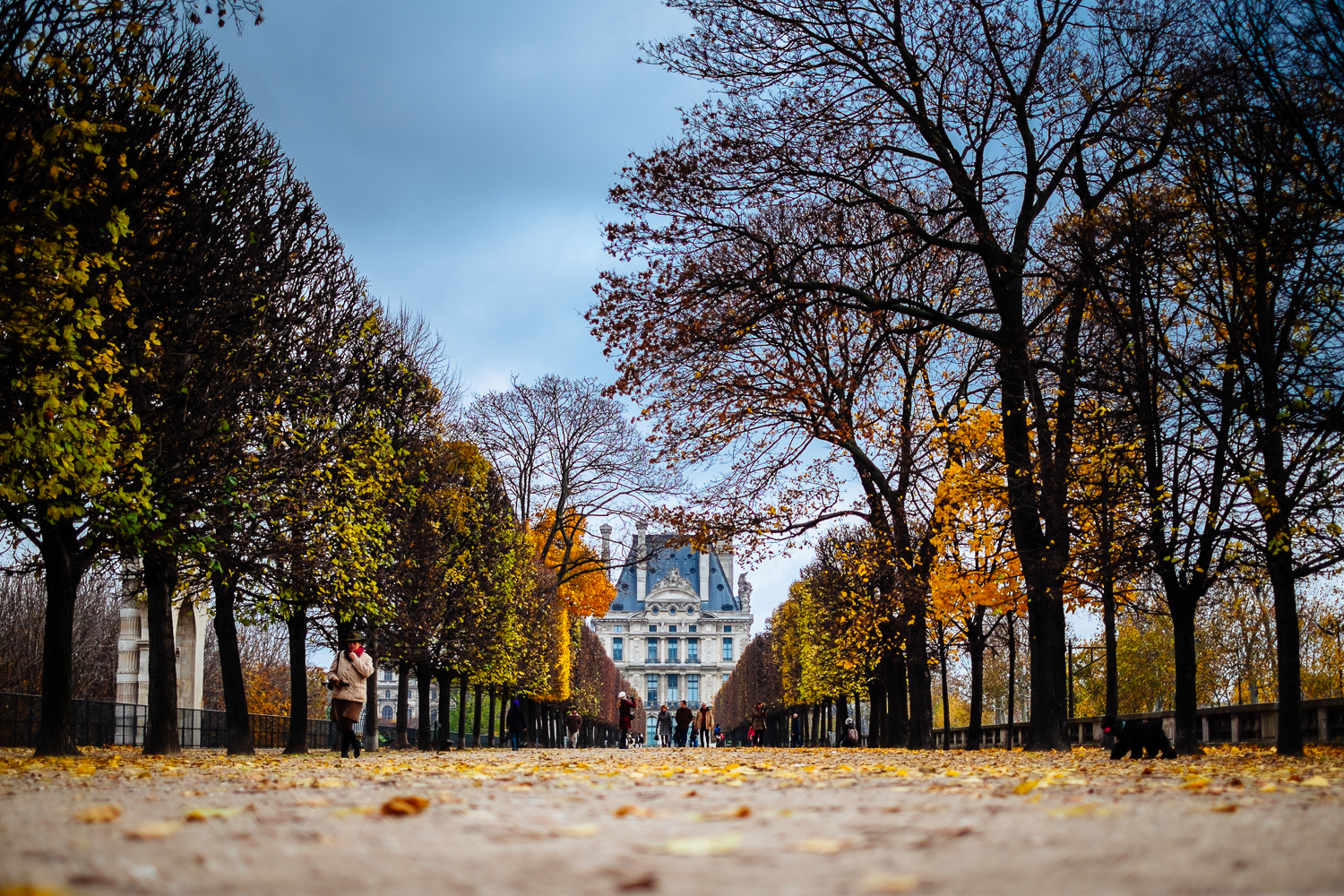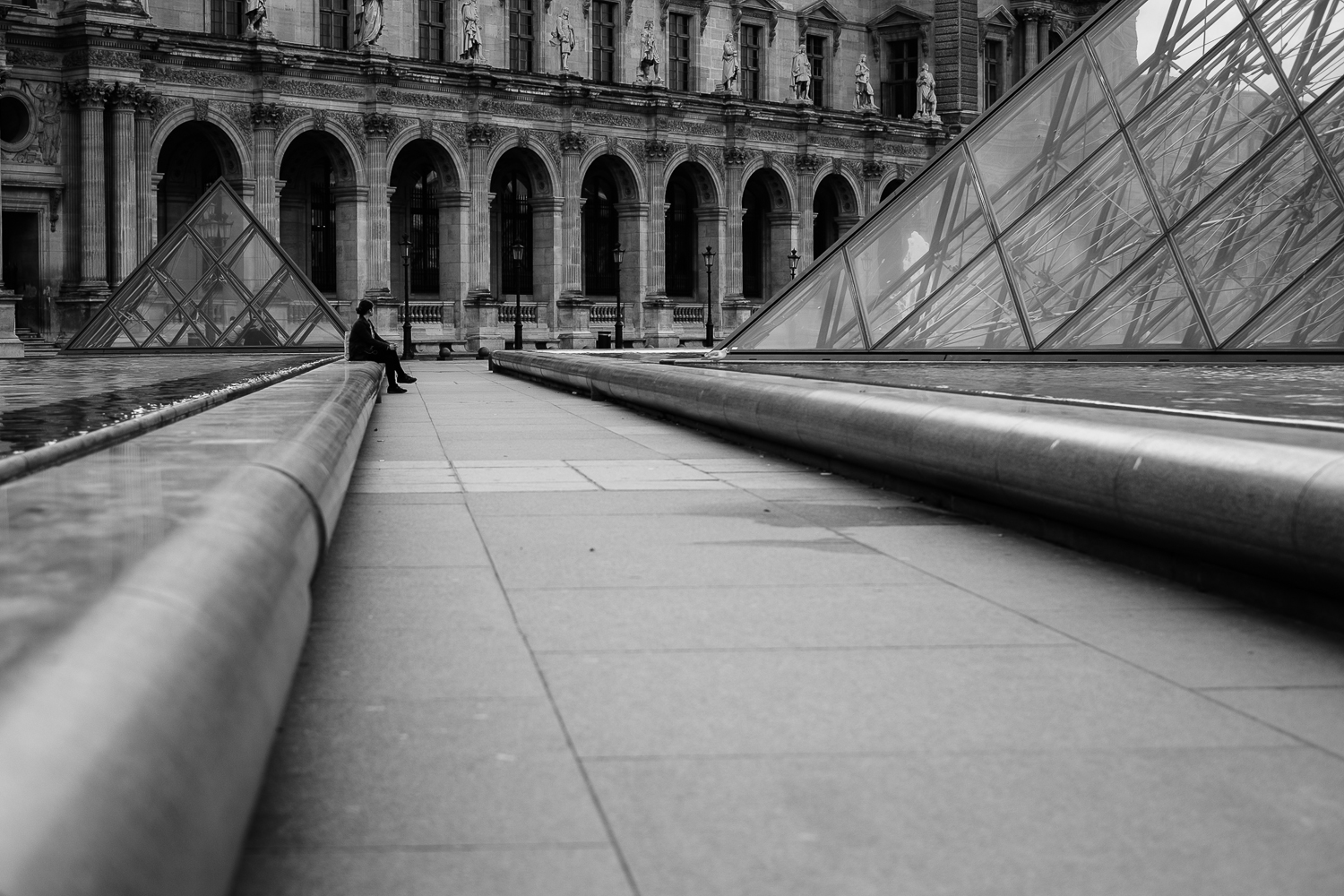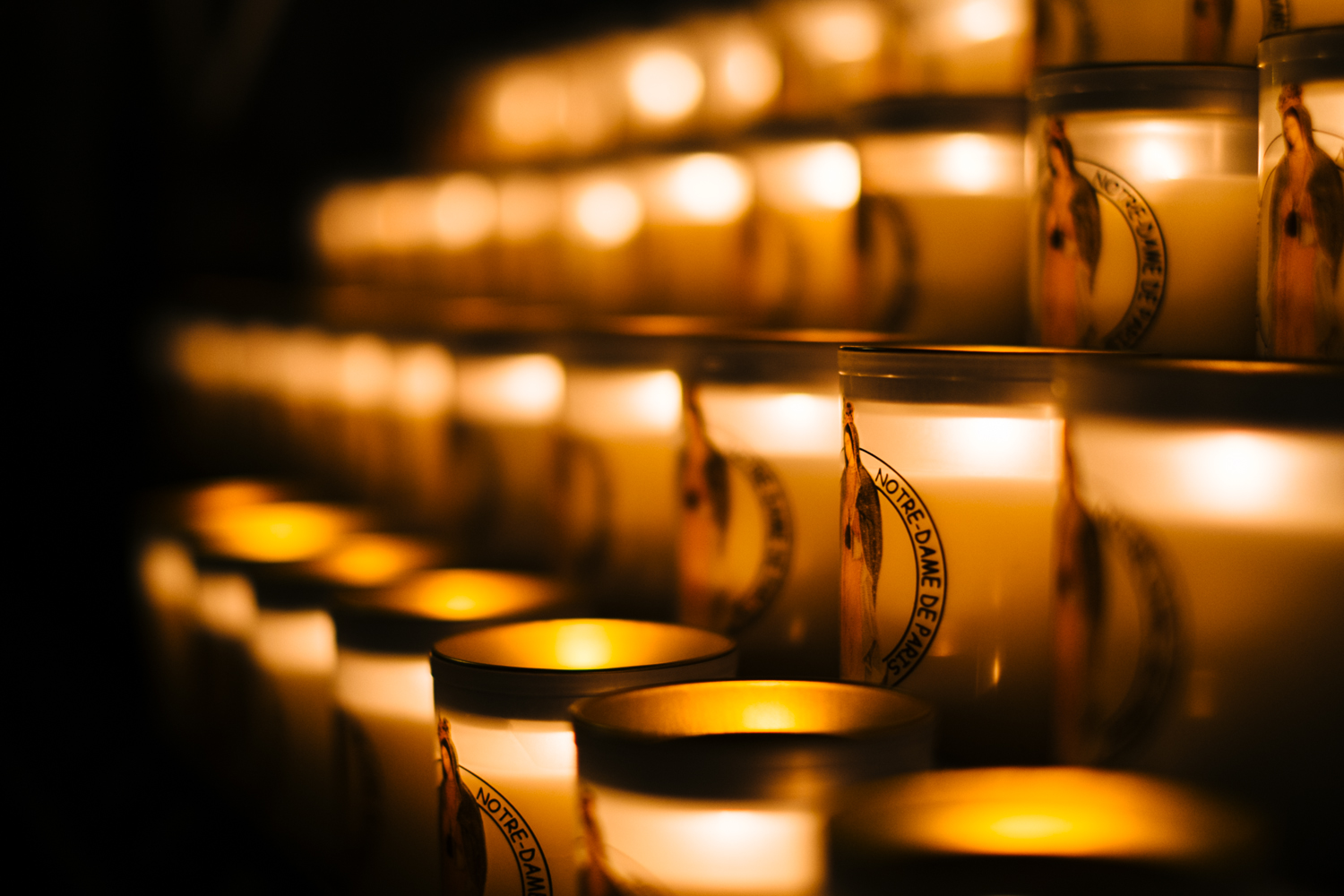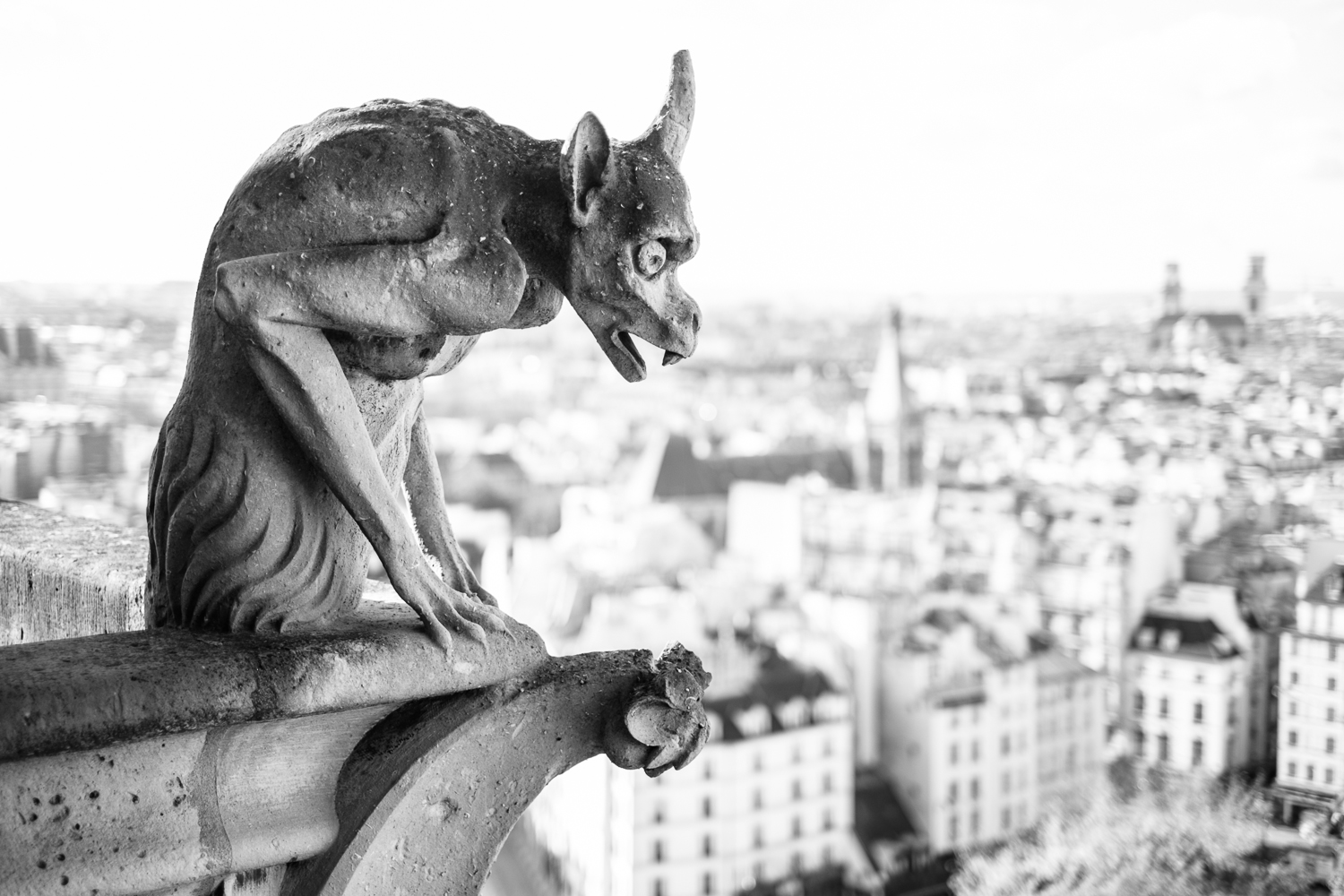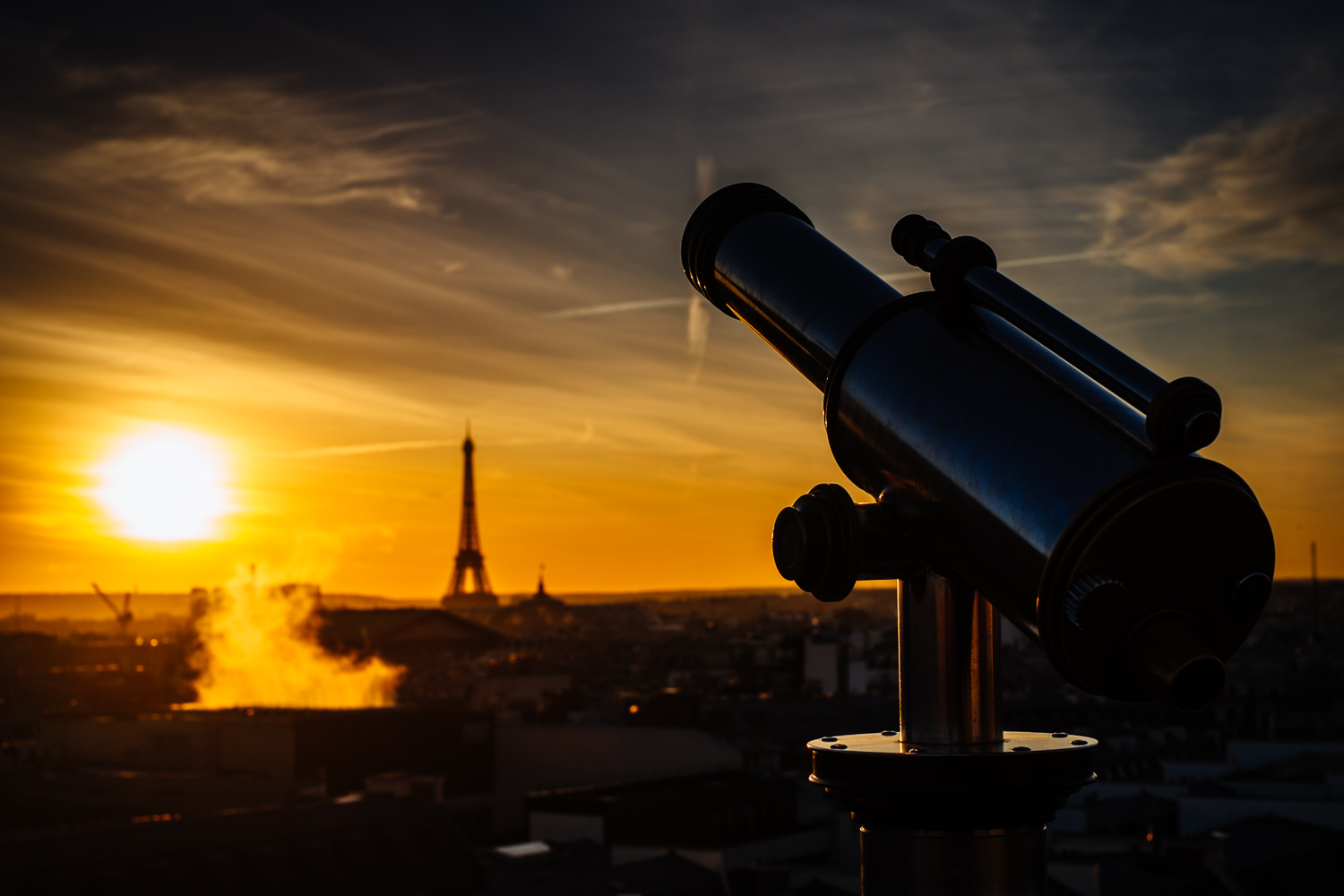With no plans to travel for the foreseeable future, I thought this would be a good time to start revisiting the archives. My first look brought me back to our trip to Paris last year. Since we were in Paris at the end of November, we were able to experience the beginning of Christmas season. We got to see the Christmas displays in department store windows and the Christmas tree lighting ceremony at Les Halles. On one chilly evening, we spent a few hours wandering through the Champs-Élysées Christmas market at Tuileries Garden. We had a wonderful time looking at Christmas ornaments, sampling different types of food, and trying mulled wine for the first time. I’m not sure when we’ll have an opportunity to visit Paris again, but when we do, I would definitely like to do so during Christmas time.
Blog
The Fujifilm X100S for Travel Photography
Over the past six months, the Fujifilm X00S has traveled with me to San Diego, Seattle, Paris, London, and New York. During these trips, I've used it to shoot everything from snapshots to long exposures. Having used the X100S extensively as a travel camera, I wanted to share my general impressions on using it for travel photography.
London Eye sunset long exposure - London
What's Good for Travel Photography
I shared my thoughts on the Fujifilm X100 a year ago, and all the things I loved about the X100 also hold true for the X100S. The small size, the excellent image quality, and the ease of use are all things that made the X100 an excellent travel camera. With the X100S, Fuji has managed to make a good thing even better. The speed of the camera has been improved all around, the resolution of the electronic viewfinder has been increased, and the sensor has been upgraded to an X-Trans CMOS II sensor. Each of these improvements have made the X100S an even better travel camera than the original X100.
In addition to all the technological goodness, there are two other reasons why I find the X100 and X100S to be ideal for travel photography. The first is the simplicity that these cameras bring to my photography. By limiting myself to one focal length (sometimes two with the Wide Conversion Lens), I am able to focus more on the images I create and less on the gear I use. This in turn makes it easier for me to be in the moment and enjoy the places we visit.
The second reason these cameras make ideal travel companions is because the leaf shutter they use are nearly silent. Without having to worry about the sound produced by a traditional shutter, I can capture images that I would normally pass up. Since the X100 and X100S are so small and stealthy, I find that I am also able to get quite close to my subjects without really being noticed.
View of the Eiffel Tower - Paris
What's Not Good
As great as the X100S is, there are still things that need improvement. The first of these things is the accuracy of the battery indicator. While I can live with the subpar battery life of the X100S, I find it much harder to live with the accuracy of its battery indicator, or lack thereof. Just the other day, the battery on my X100S went from what appeared to be full to empty in less than 30 minutes. To avoid situations like this while traveling, I make it a habit to fully charge my batteries each night, regardless of what the camera's battery indicator says.
The other thing that I would like to see improved is the focus accuracy. Even though the focusing speed of the X100S is improved, I find that it still has a tendency to miss focus. This is especially apparent when the background is brighter than the subject. In these instances, the X100S will almost always focus on the background even though the focus indicator says otherwise. For this reason, I would love to see the face detection system from the X-T1 incorporated into the next version of the X100S. As gimmicky as face detection may be, the system on the X-T1 seems to work quite well and would likely reduce the number of out of focus images of people (especially when the camera is handed to someone not familiar with the X100S).
Final Thoughts
For me, the original X100 was the camera that made photography fun again. It had plenty of quirks, but once I learned to live with those quirks, I was rewarded with amazing images. The X100S very much embodies everything the X100 was, but with fewer quirks. Sure it's not perfect, but no camera is. As a travel camera however, the X100S is as close to perfect as I have found. It is small enough to fit in a coat pocket, yet capable enough to handle almost any photographic situation I throw at it. To give you an idea of it's versatility, here are a few images from my travels with the X100S thus far.
Chihuly Garden and Glass museum - Seattle
Seattle skyline long exposure - Seattle
Abbesses Metro station - Paris
View from Notre Dame Cathedral - Paris
9/11 Memorial - New York City
Brooklyn Bridge sunset - New York City
The Best Views of Paris
While in Paris, we visited five places that gave us a bird's eye view of the city; Basilica of the Sacred Heart, Montparnasse Tower, Eiffel Tower, Arc de Triomphe, and Notre Dame Cathedral. Since it was the off season, the only location where we encountered much of a line was at the Eiffel Tower. Instead of waiting in the regular line that would've taken us all the way up by elevator, we opted for the shorter line that required us to take the stairs to the second level before catching the elevator. It was quite a trek up to the second level but well worth it, not only to bypass the longer line, but to get a closer look of the tower itself.
View from the second level of the Eiffel Tower
It turns out that stairs would become a common theme at all these places since we had to climb at least a few steps to reach the best vantage points at each location. The fewest steps we had to climb was at Montparnasse Tower. After taking the elevator to the 56th floor, we only had to go up one floor using the stairs to get to the open terrace.
View from the terrace at Montparnasse Tower
At Basilica of the Sacred Heart, Arc de Triomphe, and Notre Dame Cathedral, where there were no elevators, we had to take the stairs all the way up to reach the best views of the city. I'm not quite sure how many steps we ended up climbing in total, but each and every one we was well worth it.
View from the dome at Basilica of the Sacred Heart
View from the top of Arc de Triomphe
View from the towers at Notre Dame Cathedral
Of the five places, Montparnasse Tower probably had the best overall view of Paris since the view actually included the Eiffel Tower. The view from the Eiffel Tower itself is quite spectacular and well worth the trip up. My favorite, however, was the view from the towers at the Notre Dame Cathedral. Since the cathedral is located in the heart of Paris, and the towers are not quite as high as the Eiffel Tower, the view felt more immersive than the other locations. On top of that, the intricate details of the cathedral and the abundance of gargoyles made the views, and photographs, much more interesting.
Jet lag, the Wall, and Random Images from Paris
Seeing as this is the third morning in the row that I've woken up at 3am, it's safe to say that I'm still on Paris time. Speaking of Paris, what a beautiful city, eleven days and I feel like we only scratched the surface. Of all the cities I've visited, Paris is definitely the most photogenic. Funny thing is I feel like I hit a wall sometime during our trip, the photographic wall. The one that makes me want to put down the camera. The one that has made it hard for me to look at my images from the trip. And the one that has kept me from posting anything on the blog. It happens every year, so I know it'll pass. Only a matter of time.
Luckily, I did some editing in Paris so here are a few random images from our visit.
